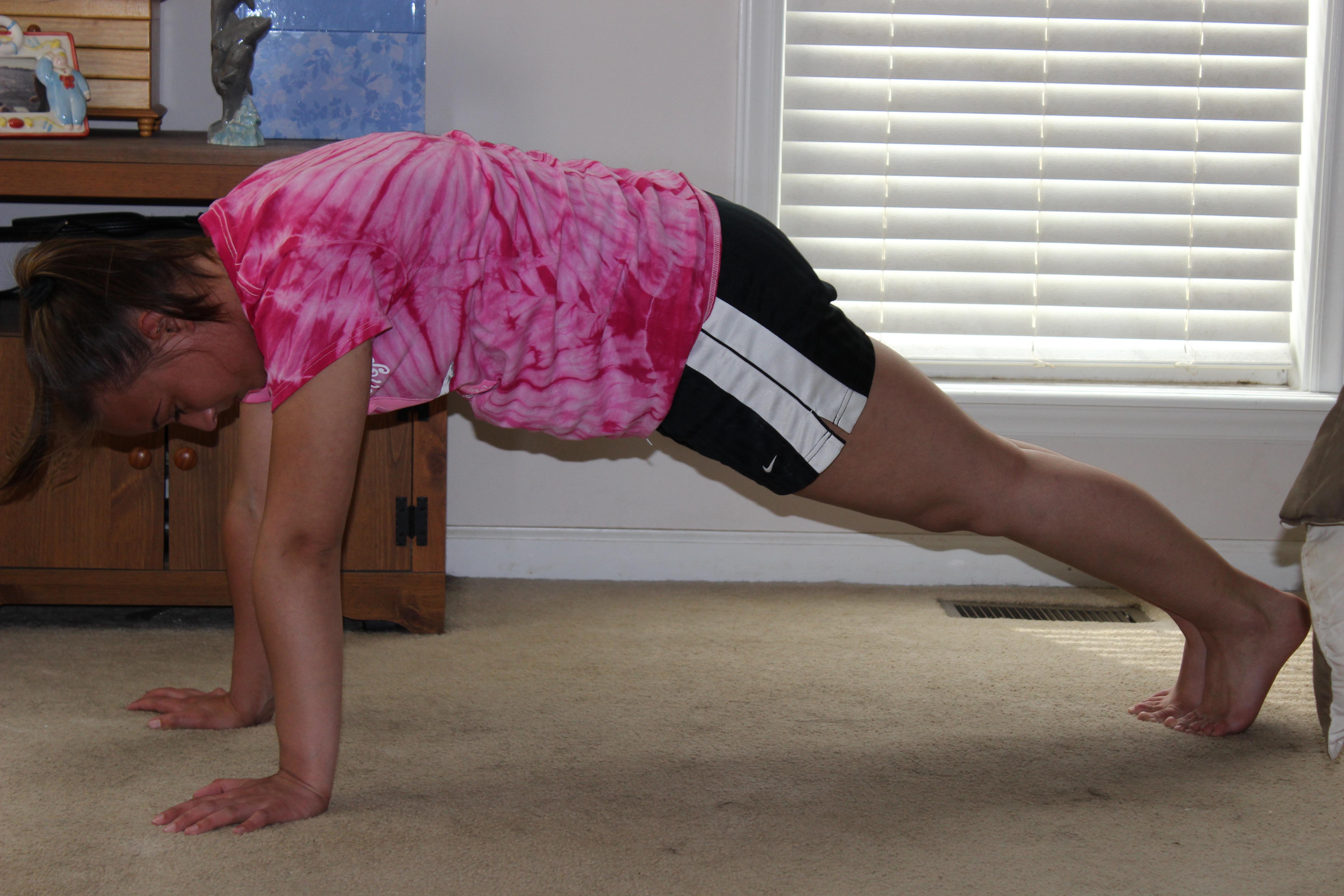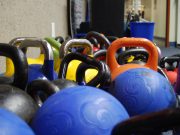Creating a balanced fitness plan can often feel overwhelming, especially with the myriad of exercise routines and wellness advice available today. However, taking the first step towards a healthier lifestyle doesn’t have to be daunting. Whether you’re a seasoned athlete or just beginning your fitness journey, understanding how to tailor a plan that suits your unique needs is crucial. In this guide, we’ll explore the essential components of a well-rounded fitness regimen, offering practical advice and compassionate insights to help you craft a plan that not only enhances your physical health but also nurtures your mental and emotional well-being. Remember, fitness is a personal journey, and finding a harmonious balance is key to sustainable success. Let’s embark on this path together, ensuring that each step is both fulfilling and enjoyable.
Understanding Your Fitness Goals and Needs
Embarking on a fitness journey requires a deep understanding of what you truly want to achieve and what your body needs. Whether your goal is to lose weight, build muscle, improve flexibility, or boost endurance, knowing your personal aspirations is crucial. Reflect on the following questions to gain clarity:
- What is my primary fitness goal?
- How much time can I realistically dedicate each week?
- Do I prefer individual activities or group classes?
- Are there any physical limitations I need to consider?
Once you have a clearer vision of your goals, it’s essential to tailor your fitness plan to meet these needs. This involves balancing various types of exercises that cater to different aspects of fitness. A balanced plan could include:
| Type of Exercise | Purpose | Frequency |
|---|---|---|
| Cardiovascular | Improve heart health and endurance | 3-5 times a week |
| Strength Training | Build and tone muscles | 2-3 times a week |
| Flexibility | Enhance range of motion | Daily or as needed |
| Rest and Recovery | Allow body to heal and grow stronger | 1-2 days a week |

Crafting a Diverse Workout Routine for Optimal Results
Incorporating a variety of exercises into your fitness routine is essential for achieving well-rounded results. Embracing diversity in your workouts not only prevents boredom but also ensures that different muscle groups are engaged and challenged. Here’s how you can structure a balanced fitness plan that caters to your personal goals and lifestyle:
- Cardiovascular Exercises: Aim for activities that elevate your heart rate and improve stamina. Options include running, cycling, swimming, or even dancing. Try to incorporate at least 150 minutes of moderate-intensity or 75 minutes of high-intensity cardio each week.
- Strength Training: Build muscle and enhance your metabolism by including strength exercises. Focus on compound movements like squats, deadlifts, and bench presses. Aim for two to three sessions per week, targeting all major muscle groups.
- Flexibility and Mobility: Enhance your range of motion and prevent injuries by integrating yoga or Pilates into your routine. These practices not only improve flexibility but also promote mindfulness and relaxation.
- Balance and Coordination: Incorporate exercises that challenge your stability and coordination. Activities like tai chi or using a balance board can improve these skills, which are crucial for overall fitness and injury prevention.
| Day | Focus | Activity |
|---|---|---|
| Monday | Strength | Upper Body Workout |
| Wednesday | Cardio | 30-Minute Run |
| Friday | Flexibility | Yoga Session |
| Saturday | Balance | Tai Chi Practice |
By rotating these elements throughout the week, you can ensure a balanced approach to fitness that caters to your body’s diverse needs. Remember to listen to your body and adjust the intensity and type of exercises as needed to prevent burnout and injury.

Incorporating Rest and Recovery for Sustainable Progress
Rest and recovery are not mere afterthoughts in a fitness regimen; they are pivotal elements that fuel long-term progress and prevent burnout. Embracing a holistic approach means understanding the symbiotic relationship between intense workouts and the downtime your body needs to repair and strengthen. Recovery should not be perceived as a passive activity. Instead, it’s an active investment in your fitness journey.
- Listen to Your Body: Pay attention to signs of fatigue or soreness. This is your body signaling the need for a break or a less intense session.
- Integrate Rest Days: Allocate specific days for rest within your weekly schedule. This can include activities like yoga or light walking to keep you moving while allowing recovery.
- Prioritize Sleep: Quality sleep is a powerful recovery tool. Aim for 7-9 hours of restful sleep to facilitate muscle repair and mental rejuvenation.
| Activity | Recommended Frequency | Purpose |
|---|---|---|
| High-Intensity Workouts | 3-4 times a week | Build strength and endurance |
| Active Recovery | 1-2 times a week | Enhance circulation, reduce soreness |
| Complete Rest | 1-2 times a week | Allow full body and mind recovery |

Adapting Your Fitness Plan to Your Lifestyle and Preferences
Crafting a fitness plan that aligns with your unique lifestyle and personal preferences is key to maintaining consistency and achieving long-term success. By tailoring your workouts to fit your daily routine and interests, you’re more likely to stay committed and enjoy the process. Here are some tips to help you integrate fitness seamlessly into your life:
- Identify Your Priorities: Whether it’s spending time with family, focusing on career goals, or enjoying hobbies, recognize what matters most to you. Then, design your fitness schedule around these priorities, ensuring that exercise complements rather than conflicts with your life.
- Explore Different Activities: Don’t limit yourself to traditional gym workouts. Try a variety of exercises such as yoga, dance, hiking, or cycling to discover what you truly enjoy. This not only keeps things interesting but also helps in finding activities that you look forward to.
- Be Flexible: Life is unpredictable, and your fitness plan should be adaptable. Allow room for adjustments by having backup workouts or shorter sessions ready for days when time is tight.
| Fitness Component | Example Activities |
|---|---|
| Cardio | Running, Swimming, Zumba |
| Strength | Weightlifting, Bodyweight Exercises |
| Flexibility | Yoga, Pilates, Stretching |








































